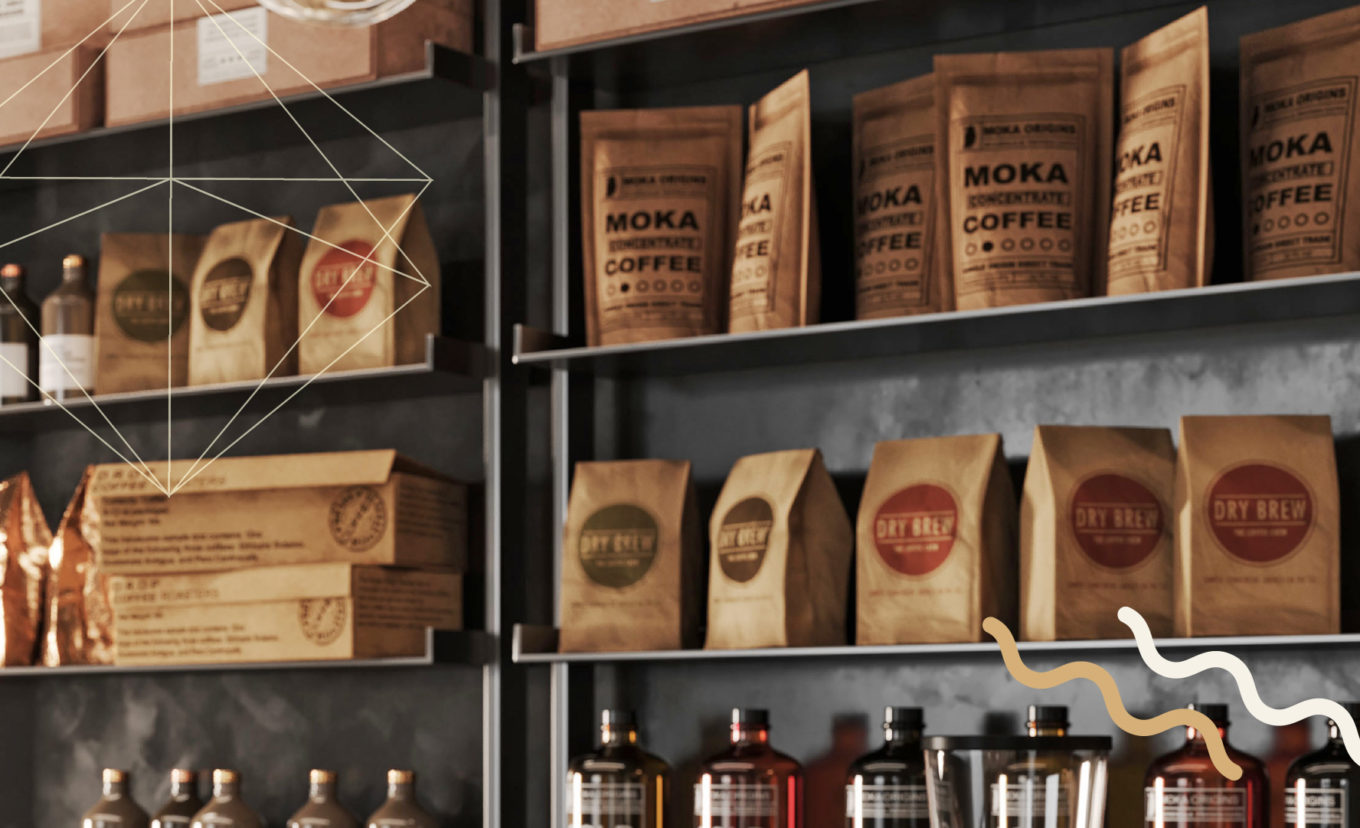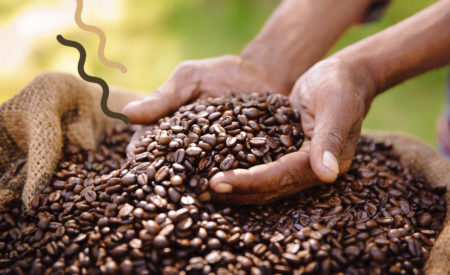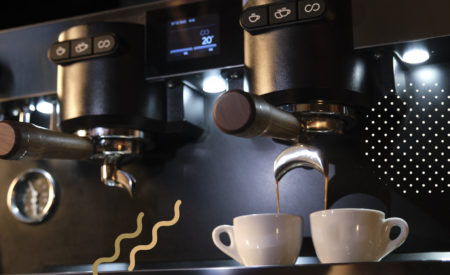Labels on coffee packages are like an identity card and can carry many different kinds of information. Some data are required by law, others are useful in telling about the product and allow experts and enthusiasts to imagine its aroma even before tasting it. Let’s look together at what information helps us make a more informed choice about our next coffee.
Required information on a coffee label
Every country has laws regulating food labels. There may be some differences between the requirements across different nations, but in general here’s what a coffee label must indicate:
- Product name: coffee type, variety and blend.
- Quantity: weight or volume of the product inside the pack.
- Origin: indicates where the coffee comes from, more exactly where it was grown and harvested.
- Minimum shelf life (or expiration date): indicates the period during which the company guarantees the integrity of the product’s properties.
- Storage: indicates the best way to store the product so that it retains its original aroma.
- Nutritional statement: states the calorie content and nutrient composition. Although they may seem insignificant for coffee, in food it is important to highlight them.
- Allergens: if there is a risk of contamination with other products considered allergens along the processing chain, it is mandatory to report it.
How to pick a Specialty Coffee based on the label
For Specialty Coffee enthusiasts, in addition to the mandatory data, it is important for the label to tell the story and details of the product that are useful in imagining its aroma and characteristics. Just as in choosing a bottle of wine one studies the label, one can look on specialty coffee packages for the information necessary for an informed purchase.
The most important information concerns the aromatic notes: they describe the coffee’s flavours and perfumes, which will allow you to pick one based on what you prefer the most.
Apart from the wider origin area, it’s also interesting to know the specific region and altitude of the plantation, because they all impact on the dimension, density and aromatic notes that develop inside the beans.
The botanic variety of the plant where the coffee comes from is also relevant: as there are different types of apples, with specific flavors and textures, the same applies to coffee, which is a fruit that comes in different varieties.
The date of roasting is often added on the label by hand or with a stamp to ensure the freshness of the product. It is usually recommended that coffee be consumed no later than within 3 months of that date.
Often the label of a Specialty Coffee also shows the rating according to the SCAA Cupping Protocol, because only coffees that score above 80 are classifiable as Specialty Coffee.
Certifications on coffee labels
Many companies organize their production in a sustainable way, for this reason they strive to obtain recognition. Thanks to this type of labels, consumers can choose to support brands that commit to eco-friendly practices. Below we list out the most common ones.
Organic: guarantees that the product is grown and produces according to organic farming, throughout the entire supply chain from producer to consumer.
Fair Trade: addresses the efforts and policies made to ensure better living and working conditions.
Rainforest Alliance: attests the work done towards a world where people and nature can thrive in harmony.
Smithsonian Bird Friendly: ensures that crops preserve key habitats for wildlife.
UTZ: products with this label are the result of sustainable agriculture that takes care of working conditions and environments.
Paying attention to labels therefore is important not only in choosing a good coffee but also becomes a way to do your part for the sustainability of the industry. Remember this for your next shopping trip!
